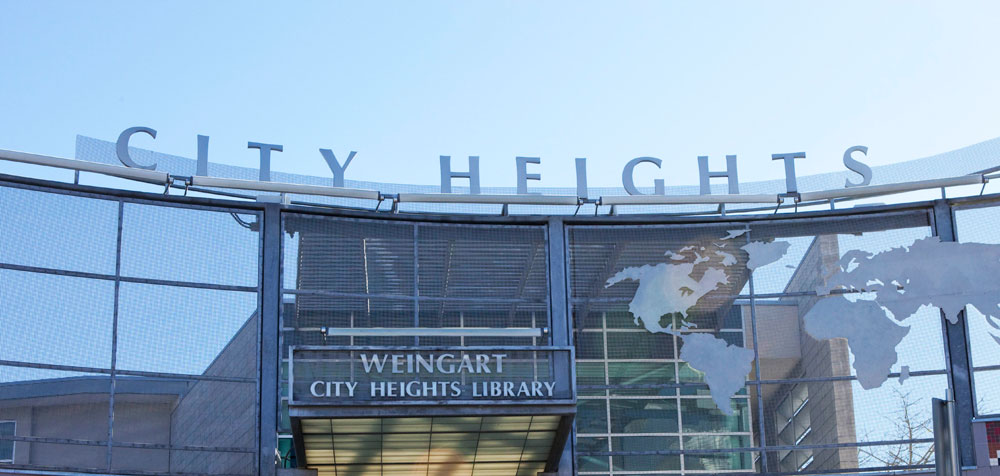
August 9, 2019; Shelterforce
In a recent article for Shelterforce, Abena Asare explains and gives examples of how unique spaces can serve as places of healing for community trauma. Community trauma is associated with exposure to “violence, marginalization, poverty, substance misuse, and other issues.” This kind of trauma transcends the individual level to affect large groups of people, which can scar a community for generations and leave them lacking resilience to future harm. It can also bring mental and physical consequences; for example, NPQ’s Ember Urbach has written on the effects of historical trauma on maternal and infant mortality rates in American Indian and Alaskan Native communities.
A 2018 blog post on Medium briefly describes how nonprofits and other organizations attempt to address trauma experienced at a community level. From the youth development programs of the early 2000s, nonprofits shifted to the more recent trauma-informed care model. This model, while good-intentioned, remain problematic when dealing with trauma. The emphasis on the individual tends to leave out the community component and ignores root issues. It also tends to define individuals as their traumas.
These limitations in trauma informed care led to healing-centered engagement. Healing-centered engagement looks to the historical and cultural context of trauma within a community and uses a holistic approach to address it. People can heal as their authentic selves, through their own unique lenses, and grow into something bigger and better than the trauma that tried to define them.
At the center of pushing healing-centered engagement are certain nonprofits and their partners. Thanks to a 2005 active living design grant, Kalihi Valley Instructional Bike Exchange (KVIBE) was created to promote physical activity and to, as described in their vision, “engage the young sons and daughters of liberation as future leaders by cultivating attitudes of resilience, self-respect, and civic leadership, and challenging institutionalized views of disparity in the Kalihi community.” Each weekday, the young men and boys start with a culture circle—something specific to their culture and their community. This helps create a sense of belonging and, as KVIBE’s Jeffrey Acido says, “brings a certain type of intentionality.” Then, they service the donated bikes and work toward owning one of their own. KVIBE encourages exercise and volunteerism to address issues that stem from community trauma.
Sign up for our free newsletters
Subscribe to NPQ's newsletters to have our top stories delivered directly to your inbox.
By signing up, you agree to our privacy policy and terms of use, and to receive messages from NPQ and our partners.
Other examples of informal spaces Asare points out include an events and workshop space and a student community center in the City Heights neighborhood in San Diego. Both rose from the need to address suicide prevalent in some communities. “The hub,” as it is nicknamed, arose from a partnership of the United Women of East Africa Support Team (UWEAST), the African Workforce, the Southern Sudanese Community Center, the Partnership for the Advancement of New Americans, and the Center for Community Health at the University of California, San Diego. There, they made a safe space for “boys and young men of East African descent to be their full selves and honor their culture through language, sports, artistic expression, and cuisine.” Meanwhile, Kankakee Community College (KCC) in Illinois partners with members of the student veteran community to create a student resource center for student veterans.
NPQ’s Kori Kanayama recently wrote on the creativity of arts nonprofits aiming to heal trauma: “Nonprofits dedicated to reuniting, through the arts, divided people and societies that experienced trauma, such as Global Arts Corps (GAC), can play a special role in such environments by bringing opposing groups together, helping them heal through creating and performing a play.” GAC partners with local nonprofits and community members to help create a more inclusive space for a more diverse audience.
Informal healing spaces like these create that vital sense of community, belonging, and understanding. And it is important that those spaces be created, planned, and facilitated by community members. In the face of this kind of trauma, it’s not the place of outsiders to dictate how to heal or how to deal. What’s needed is a safe, sometimes creative space. to feel as if they belong. As Asare puts it so wonderfully, “Everyone deserves to experience the connection, healing, dignity, and joy of belonging.”
Healing community trauma is a complex aim, and there is still so much to be done. However, the nonprofit sector does not typically shy away from complex subjects. As long as they continue to self-reflect and advance models that empower individuals and their unique lenses and stories, nonprofits can get a little closer to helping communities heal.—Sarah Miller
This article has been altered to identify the author of the Shelterforce blog post that inspired this piece. NPQ apologizes to Abena Asare for the oversight.













